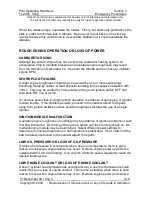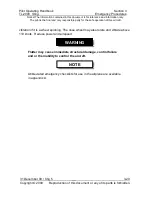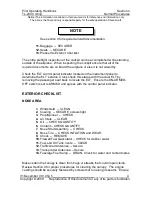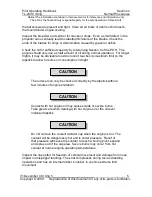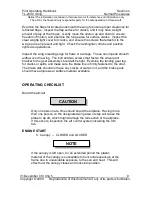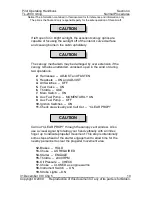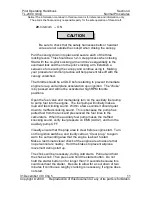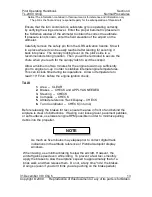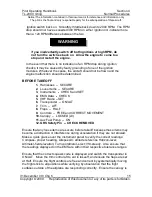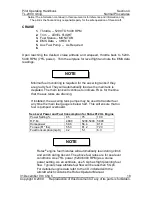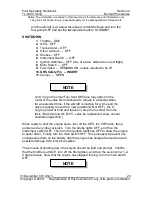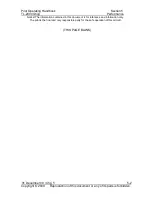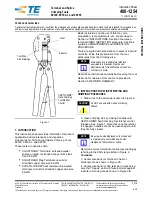
Pilot Operating Handbook
Section 4
TL-2000
Sting
Normal Procedures
Notice! The information contained in this document is for reference and information only.
The pilot is the final and only responsible party for the safe operation of this aircraft.
31 December 09 / Chg 5_____________________________________________11
Copyright © 2009 Reproduction of this document or any of its parts is forbidden.
20.
Intercom -- ON
Be sure to check that the safety harnesses belts or headset
wires are not outside the cockpit when closing the canopy.
Pull the canopy down into place and secure each of the three
locking levers. This should be a 1-2-3 step process when closing.
Start with the co-pilot’s locking arm and move sequentially to the
overhead lock and then to the pilot’s locking arm. Establish a
sequence for securing the canopy and continue using it. Making
your procedure common practice will help prevent takeoff with the
canopy unlatched.
The throttle should be at IDLE before starting to prevent immediate
engine run-up and airplane acceleration upon ignition. The “choke”
is by passed and will not be activated at high RPM throttle
positions.
Open the fuel valve and momentarily turn on the auxiliary fuel pump
to pump fuel into the engine. The fuel pump will initially make a
loud and fast clicking sound. Within a few seconds it should quiet
down to muffled knocking sound. This is because the pump has
pulled fuel from the tank and pressurized the fuel lines to the
carburetors. When the auxiliary fuel pump makes the muffled
knocking sound, verify fuel pressure on EMS (AUX2), and turn the
auxiliary pump OFF.
Visually ensure that the prop area is clear before engine start. Turn
on the ignition switches, and loudly call out, “Clear prop,” to again
warn the surrounding area that the engine is about to start.
Make a last minute visual check of the engine area to assure that
no personnel are nearby. Hold the brakes to prevent airplane
movement during start up.
The choke will be necessary, during cold starts. Pull out and hold
the choke knob. Then press and hold the starter button. Do not
hold the starter button on for longer than 10 seconds because this
could overheat the starter. Be sure to allow for a cool down of two
minutes if continuous, lengthy cranking is necessary, if engine does
not start.
CAUTION


